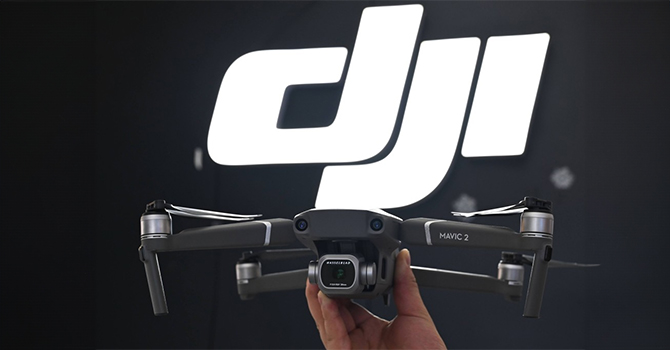
DJI, the world’s leading drone manufacturer, has made a significant change to its operations by removing geofencing restrictions that previously prevented drones from flying over sensitive areas like airports, wildfire zones, and even the White House. This decision has sparked widespread debate, balancing user freedom against safety and security concerns.
Geofencing technology, embedded in DJI drones, was designed to prevent flights in restricted zones by enforcing virtual barriers. While this ensured safety and compliance with regulations, critics argued it limited user control and created challenges in certain situations, such as emergency responses.
By lifting these restrictions, DJI shifts responsibility for compliance to drone operators, emphasizing awareness and accountability. The move enables users to operate their drones more freely, especially in remote areas where geofencing has caused unnecessary hindrances. However, it also raises concerns about potential misuse, such as unauthorized flights over restricted zones or interference with emergency services.
This change could also place increased pressure on regulatory bodies and enforcement agencies to ensure drones are used responsibly. DJI’s decision may serve as a litmus test for how the industry can balance innovation, user autonomy, and public safety in an era of rapidly advancing drone technology.
Whether this change will benefit the drone community or create new risks remains to be seen, but it’s clear that DJI is pushing boundaries in redefining user autonomy.
- DJI’s Controversial Move: Ending Drone Geofencing Restrictions - January 15, 2025
- ChatGPT’s Latest Feature: A Smarter Way to Manage Reminders and To-Dos - January 15, 2025
- Microsoft Establishes New Internal AI Organization Aimed at Developers - January 14, 2025




